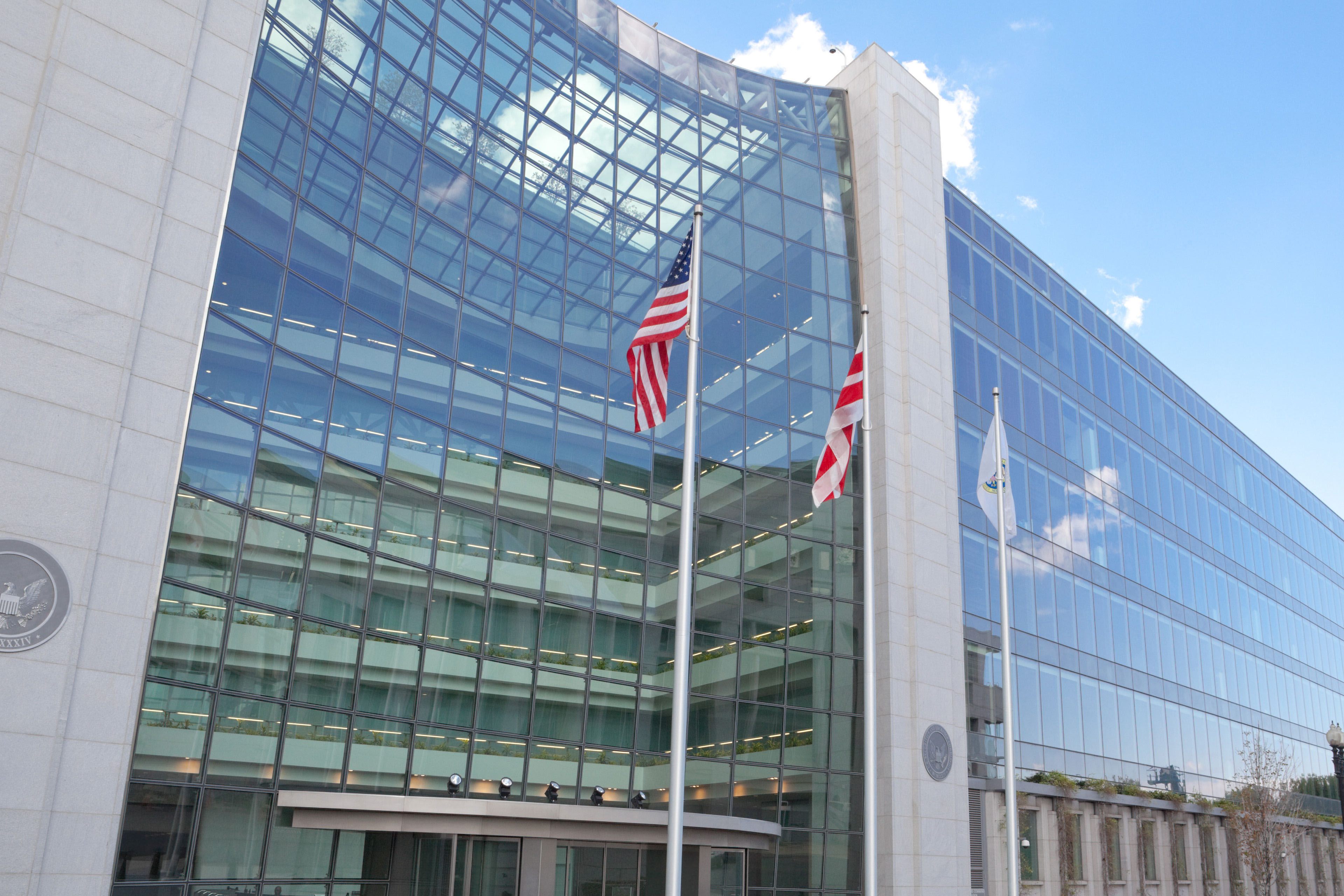While the rules provide relief from certain requirements to small entities, they have a widespread effect on all registrants, including smaller reporting companies, emerging growth companies, non-accelerated filers and foreign private issuers. The rules also apply to companies entering the US capital markets for the first time by initial public offering. As companies review and work toward implementation of the rules, they may want to consider the following factors:
The SEC rules leverage existing disclosure frameworks, such as those established by the Task Force on Climate-related Financial Disclosures (TCFD) and the Greenhouse Gas Protocol (GHG Protocol). Companies that already provide, or are preparing to provide, climate-related disclosures under frameworks that are, at least in part, aligned with the TCFD and GHG Protocol may be at an advantage when it comes to disclosing the required information to comply with the rules. Despite that head start, however, there could be far-reaching impacts even for companies with a history of disclosing climate-related information. Consider the following:
Scope of application — While the TCFD recommendations and GHG Protocol are widely understood and provide considerations for measuring and reporting climate-related information, many companies today may only apply certain portions of such frameworks. While the final rules are broadly based on themes that can be found in the TCFD recommendations and GHG Protocol, companies that partially report under those frameworks will need to re-evaluate their disclosures based on the explicit requirements of the SEC rules. Additionally, companies may be assessing readiness for the European Union’s Corporate Sustainability Reporting Directive (CSRD) or the standards issued by the International Sustainability Standards Board (ISSB). These standards are also based, at least in part, on the TCFD recommendations and GHG Protocol. However, both the CSRD and ISSB will eventually require disclosure on sustainability topics beyond just climate.
Also, depending on the regulatory requirements in different jurisdictions, companies may be preparing to report under these other frameworks covering different legal entities than the consolidated group for which they file reports with the SEC (e.g., the CSRD allows reporting for individual EU Member State jurisdictions, at a consolidated EU level or at a globally consolidated level). Although companies adopting or preparing to adopt these frameworks concurrently with the SEC climate rules may be able to leverage progress from one framework for another, they will need to understand and reconcile the differences between the different requirements. For further discussion of the differences between these other emerging frameworks, refer to Ernst & Young LLP’s Technical Line publication “How the climate-related disclosures under the SEC rules, the ESRS and the ISSB standards compare”.
Assurance — The SEC rules require accelerated and large accelerated filers to obtain assurance over their Scope 1 and Scope 2 GHG emissions following a phased-in approach. Registrants that voluntarily obtain assurance over their GHG emissions disclosures before the required date will need to disclose certain information about the attestation and provider. Companies that do not already obtain assurance over their Scope 1 and Scope 2 GHG emissions will need to evaluate the assurance requirements and engage a provider and consider the related disclosures required by the SEC climate rules. Additionally, the disclosures included in the financial statements will be subject to audit for all companies.
Materiality — Rather than introducing a new definition of materiality, the final rules rely on the U.S. Supreme Court’s definition, which, as discussed in the adopting release for the final rules, holds that “a matter is material if there is a substantial likelihood that a reasonable investor would consider it important when determining whether to buy or sell securities or how to vote, or such a reasonable investor would view omission of the disclosure as having significantly altered the total mix of information made available.” The final rules subject many of the disclosure requirements to the materiality qualifier, which the SEC suggests will mitigate the breadth of the rules and compliance costs. However, companies should have a process to assess materiality complete with disclosure controls and procedures (DCPs) around that assessment, which may differ from any assessment a company does for voluntary purposes (e.g., companies may be considering impact materiality if reporting under Global Reporting Initiative standards).
Additionally, the final rules introduce bright-line thresholds related to required disclosure of aggregate effects of severe weather events and other natural conditions in the audited financial statements as summarized below:
- Incurred expenses and losses, excluding any recoveries, resulting from severe weather events and other natural conditions must be disclosed if the aggregate amount equals or exceeds 1% of the absolute value of pretax income or loss (unless it is less than $100,000) for the relevant fiscal year
- Capitalized costs and charges, excluding recoveries, resulting from severe weather events and other natural conditions must be disclosed if the aggregate amount equals or exceeds 1% of the absolute value of stockholders’ equity or deficit (unless it is less than $500,000) for the relevant fiscal year
- Any recoveries recognized during the fiscal year as a result of severe weather events and other natural conditions must be disclosed if a registrant is required to provide disclosures on incurred expenses and losses or capitalized costs and charges
Materiality in the SEC rules also may differ from what companies consider for voluntary reporting. Although the TCFD recommendations focus on investors, similar to the final rules, companies may not have considered the specific U.S. Supreme Court definition of materiality in evaluating their climate-related disclosures. The thresholds above for the financial statement disclosures are also unique. Additionally, some other sustainability disclosure frameworks include broader concepts of materiality that consider stakeholders beyond investors. As a result, companies will need to carefully consider this definition of materiality, along with the bright-line thresholds not based on that definition of materiality, when evaluating the disclosure requirements.
Quantitative disclosures — In addition to the GHG emissions disclosures and the financial statement disclosures mentioned above, the final rules include several other disclosures that may be quantitative and that are not explicitly part of many companies’ voluntary reporting today. These include the following:
- Item 1502(d) disclosures related to material expenditures incurred and material impacts on estimates and assumptions that, in management’s assessment, are the direct result of activities to mitigate or adapt to climate-related risks
- Item 1502(e) disclosures related to material expenditures incurred and material impacts on financial estimates and assumptions as a direct result of a transition plan to manage a material transition risk to the extent such a plan exists
- Item 1502(f) disclosures related to the expected material impacts on the registrant from scenario analysis that identifies a climate-related risk that is reasonably expected to have a material impact, to the extent the registrant performs such scenario analysis
- Item 1504 disclosures related to material expenditures and material impacts on financial estimates and assumptions that are a direct result of targets and goals or the actions taken to make progress toward meeting targets and goals to the extent climate-related targets and goals have materially affected or are reasonably likely to materially affect the business, results of operations or financial condition
As discussed further below, adopting the final rules will require companies to assess data collection processes and controls. Identifying the data for quantitative disclosures may provide unique challenges and may not be something companies that currently provide climate-related information on a voluntary basis already do.
Re-evaluation of existing processes
There may be some companies that have not yet provided climate-related disclosures. Even for those that have, the section above outlines certain potential differences between the SEC final rules and other voluntary or mandatory climate-related disclosure frameworks. As a result, even companies that have existing processes for collecting and reviewing data and information for current climate-related disclosures may want to challenge whether their existing processes are sufficient to meet the disclosure requirements in the final rules. As such, organizations may need to create, formalize or modify processes to comply with these requirements.
Additionally, given the specificity of some of the disclosure thresholds and the extent of quantitative disclosures, companies may need to track information at a more granular level than currently required for most financial statement disclosures. Refer to the section below about what companies can do now and for considerations when implementing the final rules.
Opportunity for improved ESG reporting
Climate is just one part of environmental, social and governance (ESG) reporting, and ESG reporting overall has rapidly evolved over the last several years. The final rules follow the issuance of recent voluntary standards and mandatory climate and ESG-related disclosure requirements, including the CSRD, the ISSB standards and the California climate-related legislation. Companies may be able to leverage their efforts to comply with other reporting regulations and standards to prepare for compliance with the SEC rules.
Some companies with more experience in ESG reporting have used that reporting to give a broader picture of the long-term value of their business. Companies with less mature ESG reporting functions may not have had the opportunity to develop clear messages on how ESG topics, such as climate, integrate with their strategy, governance and risk management. Preparing to implement the final rules may provide an opportunity for companies to rethink how they approach ESG reporting overall and integrate it into their strategic, governance and risk management decisions to better meet investors’ expectations. Although new requirements will likely result in additional effort for companies, they also provide an opportunity to reset thinking on how companies approach and report on ESG topics.







